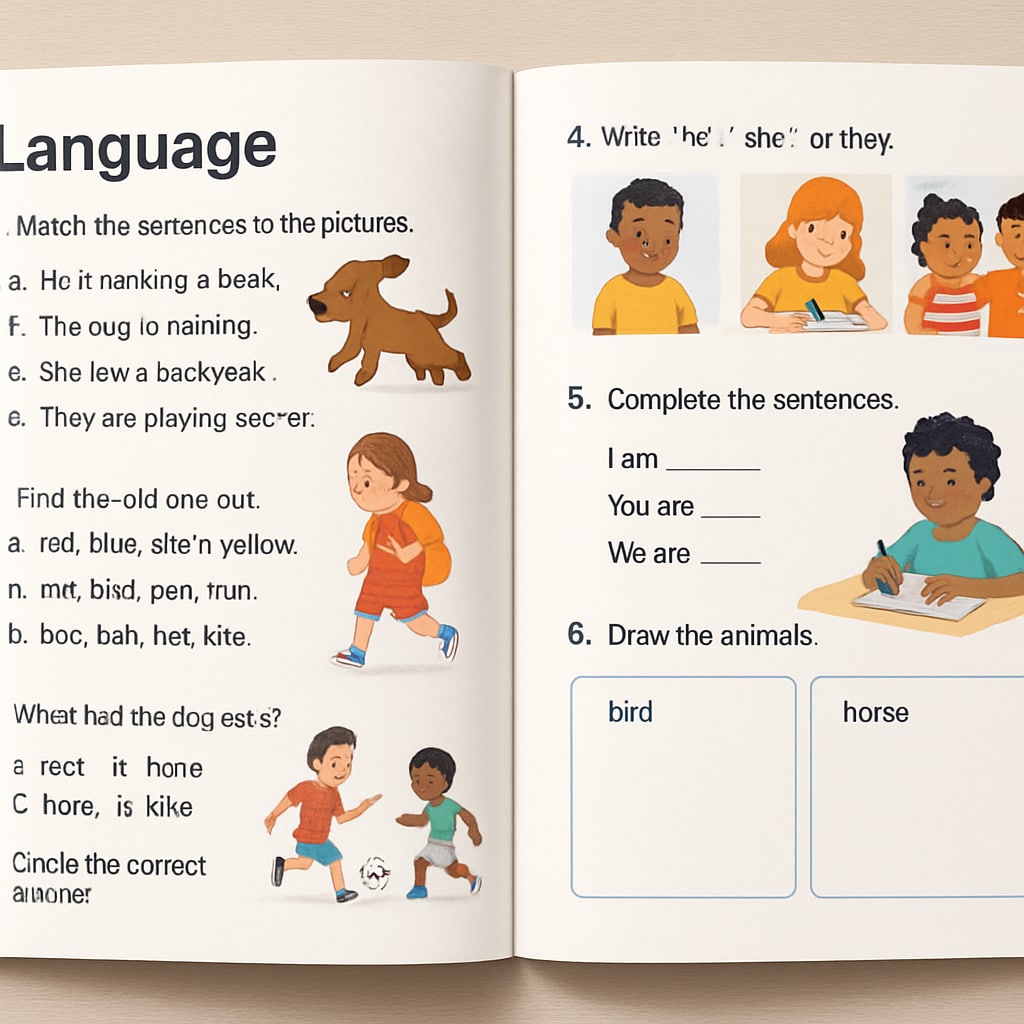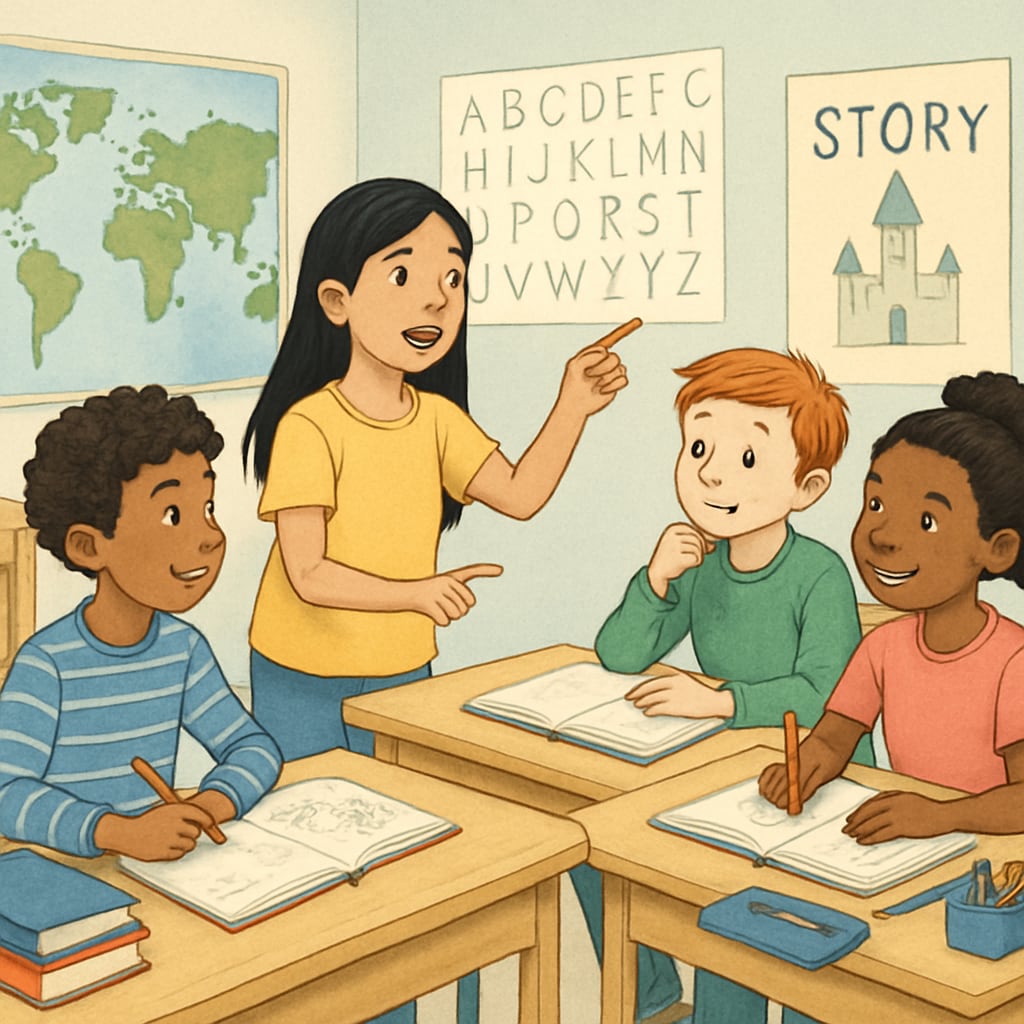The “World of Language” elementary language teaching textbook stands as a beacon of inspiration in the field of education. Its unique approach to language instruction not only emphasized technical skills but also fostered creativity, critical thinking, and human connection—values that are often missing in contemporary curricula. In this article, we explore the enduring qualities of this remarkable resource and reflect on what modern language education can learn from its wisdom.

The Unique Charm of “World of Language”
“World of Language” was more than just a textbook; it was a gateway to exploration, imagination, and personal growth. Its lessons blended storytelling, practical exercises, and open-ended questions that encouraged young learners to think beyond rote memorization. For example, instead of simply asking children to identify parts of speech, the book often encouraged them to create their own sentences and share their interpretations, fostering a deeper understanding of language use.
Additionally, the textbook embraced the diversity of language, introducing students to idiomatic expressions, cultural contexts, and creative writing exercises. This holistic approach empowered children to see language not just as rules to follow but as a living, breathing tool for communication and self-expression.
What Modern Language Education Can Learn
Despite advancements in educational technology, contemporary language education often falls short in cultivating creativity and human-centered learning. Many modern textbooks focus heavily on standardized testing and grammar drills, leaving little room for imagination or personal connection. This contrasts sharply with the philosophy behind “World of Language,” which prioritized the joy of learning and the individuality of each student.
Here are some lessons modern educators can take from this classic textbook:
- Encourage storytelling: Allow students to share their experiences and create narratives that connect language learning to their lives.
- Foster creativity: Use open-ended exercises that let children experiment with language without fear of making mistakes.
- Promote cultural awareness: Integrate diverse linguistic traditions and contexts to help students appreciate the richness of communication.
By reintroducing these principles, educators can create a more engaging and meaningful learning environment.

Why Human Connection Matters in Language Learning
Language is inherently social; it thrives on human interaction and emotional resonance. “World of Language” understood this deeply, weaving interpersonal activities into its lessons. For example, group exercises encouraged students to collaborate and discuss their ideas, fostering both linguistic skills and social development.
Today, with the rise of digital tools, it is crucial to balance technology with human-centered practices. While apps and online platforms provide convenience, they often lack the warmth and personal engagement that traditional methods like “World of Language” offered. Incorporating activities that emphasize empathy, collaboration, and personal storytelling can bridge this gap.
Conclusion: Rediscovering the Treasure
The “World of Language” textbook reminds us that effective language education goes beyond grammar rules and technicalities. It nurtures creativity, cultural awareness, and meaningful human connections. As educators and policymakers strive to improve modern curricula, revisiting the wisdom of timeless resources like “World of Language” can inspire a more balanced and enriching approach.
Let us embrace the lessons of the past to shape a brighter, more imaginative future for language learners everywhere.
Readability guidance: This article uses short, engaging paragraphs and lists to summarize key points. It focuses on active voice and avoids excessive jargon to ensure accessibility for a broad audience.


